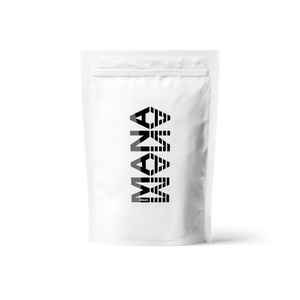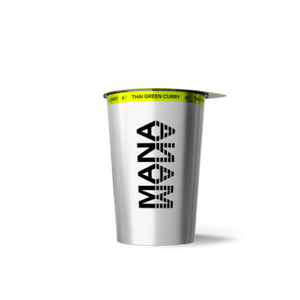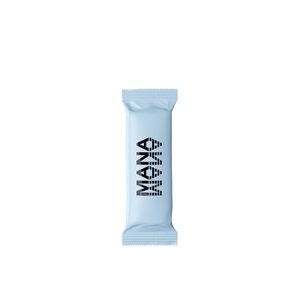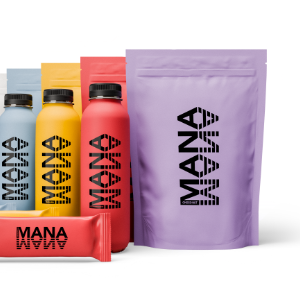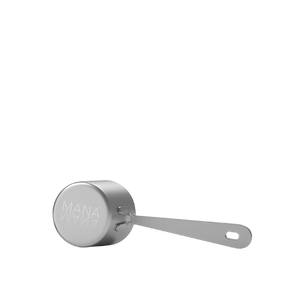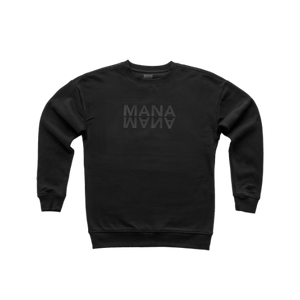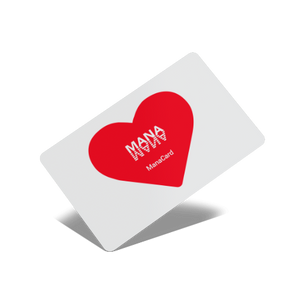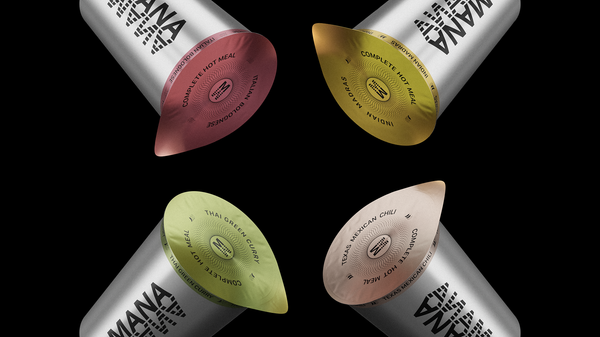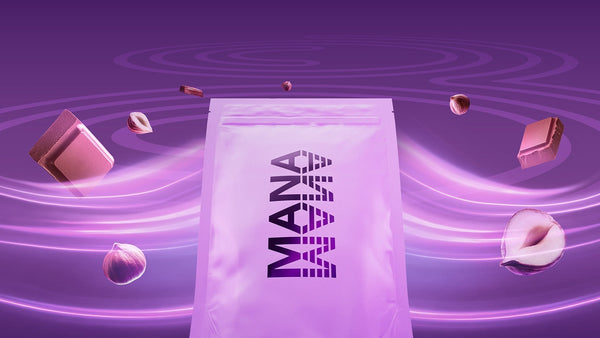Vitamin K is an essential micronutrient, sometimes referred to as a coagulative vitamin. It occurs in two natural forms: vitamin K1 (phylloquinone) and vitamin K2 (menaquinone). These vitamins act as coenzymes in the synthesis of some biologically active proteins involved in blood clotting. They are also necessary for bone and tooth health, and contribute to many other important biological processes.
- Vitamin K has been shown to contribute to normal blood clotting and the maintenance of normal bones.
Vitamin K1, which is more common in our diet, is processed mainly by the liver, and subsequently enables blood proteins to bind calcium. Vitamin K2 is less present in our diet, but some of our organs and intestinal bacteria are capable of forming vitamin K2 MK-4 from vitamin K1. Vitamin K2 activates proteins that are responsible for the regulation and secretion of calcium.
Precise information on the quantity of vitamin K in ManaPowder Origin can be found here. Precise information on the quantity of vitamin K in ManaDrink Origin can be found here.
Mana is nutritionally complete food. Enjoy it as part of a balanced and healthy lifestyle.
Sources:
Brini M., Calì T., Ottolini D., Carafoli E. (2013) Intracellular Calcium Homeostasis and Signaling. In: Banci L. (eds) Metallomics and the Cell. Metal Ions in Life Sciences, vol 12. Springer, Dordrecht
online: https://link.springer.com/chapter/10.1007%2F978-94-007-5561-1_5
Vitamin and mineral requirements in human nutrition: report of a joint FAO/WHO expert consultation, Bangkok, Thailand, 21–30 September 1998, online: http://apps.who.int/iris/bitstream/handle/10665/42716/9241546123.pdf;jsessionid=B2002456BACDAF0BF79173EFFC7D8A3B?sequence=1
Clinical studies:
http://onlinelibrary.wiley.com/doi/10.2903/j.efsa.2009.1228/epdf
Tissue-specific utilization of menaquinone-4 results in the prevention of arterial calcification in warfarin-treated rats.
H. M. H. Spronk, B. A. M. Soute, L. J. Schurgers, H. H. W. Thijssen, J. G. R. De Mey, C. Vermeer
J Vasc Res. 2003 Nov-Dec; 40(6): 531–537. Published online 2003 Dec 3. doi: 75344
